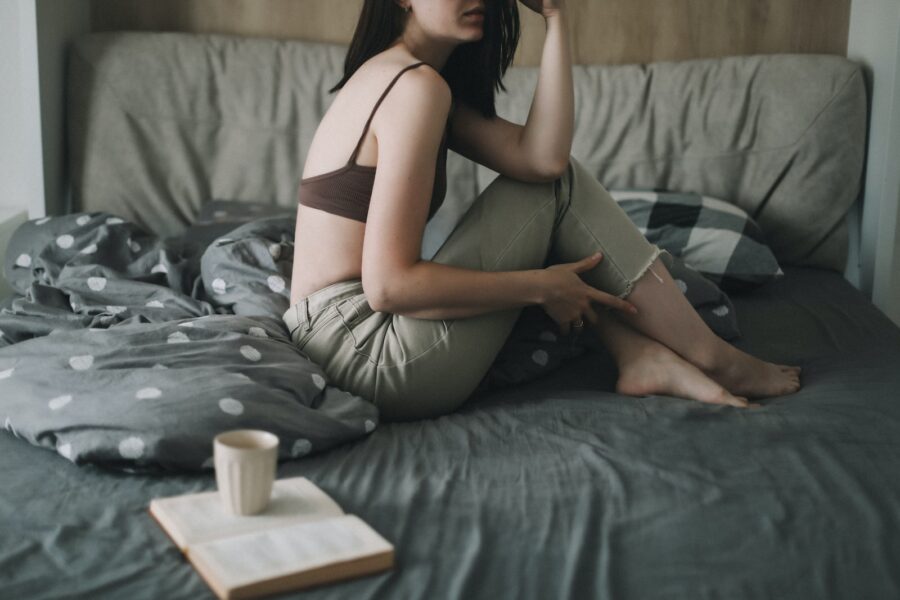‘How to sleep better in winter’ searches have surged by 35% in the past month, highlighting that achieving a restful night remains a challenge for many. Beyond issues like smartphone use and room temperature it is revealed that gender poses a significant challenge to a peaceful night’s rest.
In a new survey by Mattress Online, 3,000 participants shared their sleep patterns, delving into the concept of the potential ‘gender sleep gap.’ Mattress Online also provides valuable advice from sleep experts, ‘The Sleep Geek’ James Wilson, and Chloe Angus, Corporate Wellbeing Manager at Cavendish Cancer Care to optimise nightly rest, as well as some tips and tricks to help with falling asleep.
Sleep Duration:
Men and women both experience insufficient sleep, with 80% of women and 71% of men reporting below recommended sleep durations. Notably, 10% of women sleep less than 4 hours, 3% higher than men, and women have 8% more instances of shorter sleep durations than men. The most common sleep duration is 6-7 hours, and 18% of men achieve the recommended 7-8 hours, slightly more than the 15% of women.
Ease of Falling Asleep:
Slightly higher prevalence of consistent sleep patterns among women, with 27% maintaining a regular sleep schedule ‘always’ compared to 23% of men. In the ‘more often than not’ category, both genders are evenly distributed at 33% for women and 34% for men. Tips for falling asleep easier include distractions, relaxation techniques, and bedtime habits like a warm bath or listening to calming music.
Frequency of Waking Up:
Significant numbers from both genders consistently wake up in the middle of the night, with 33% of females and 35% of males reporting this. The highest percentage response for waking up is three times a night for both genders (20% for females, 19% for males).
Feeling Well-Rested After Sleep:
Feeling well-rested ‘only on some occasions’ is the most common response for both genders, with 46% for females and 47% for males.’ Always’ well-rested response is the least common, with only 2% of females and 1% of males consistently experiencing this.
Bedtime Habits for Better Sleep:
Limiting screen use an hour before sleep is the most prevalent bedtime habit, embraced by 16% of both females and males. Dimming the lights is the second-most popular habit, with 15% of females and 14% of males. Herbal tea is chosen by 9% of females and 8% of males, while sleep aid medication is incorporated by only 6% of females and 5% of males.
Better Sleep tips:
From experts Chloe Angus, Corporate Wellbeing Manager and The Sleep Geek, James Wilson:
- Establishing a routine, managing thoughts, and creating a healthy sleeping environment are crucial for quality sleep.
- Tips include exposure to morning sun, exercise, choosing decaf drinks, and switching off stimulating activities before bedtime.
- A top expert tip included the ‘A-Z picking a topic’ – pick a topic (animals, countries, names), then find an animal, for example, that begins with the letter A and work your way through the alphabet. You may find yourself nodding off before you reach Z!
The finger breathing technique:
Finger breathing, a self-hypnosis technique, combines touch and controlled breathing for calmness. It involves specific hand movements and holds, emphasising deep inhalation and exhalation. Studies show it aids mental relaxation and triggers melatonin release for better sleep.
To practise finger breathing, start by lying or sitting comfortably. Inhale deeply and slowly. Pinch the fingers and thumb of one hand together, cupping and resting them in your palm for five breaths; then switch hands. Make a thumbs-up with one hand, wrap the other hand’s fingers around the opposing thumb, hold for five breaths, and switch hands. Repeat this process for the remaining fingers, holding each for five breaths.
Joanne is the editor for Workplace Wellbeing Professional and has a keen interest in promoting the safety and wellbeing of the global workforce. After earning a bachelor's degree in English literature and media studies, she taught English in China and Vietnam for two years. Before joining Work Well Pro, Joanne worked as a marketing coordinator for luxury property, where her responsibilities included blog writing, photography, and video creation.



